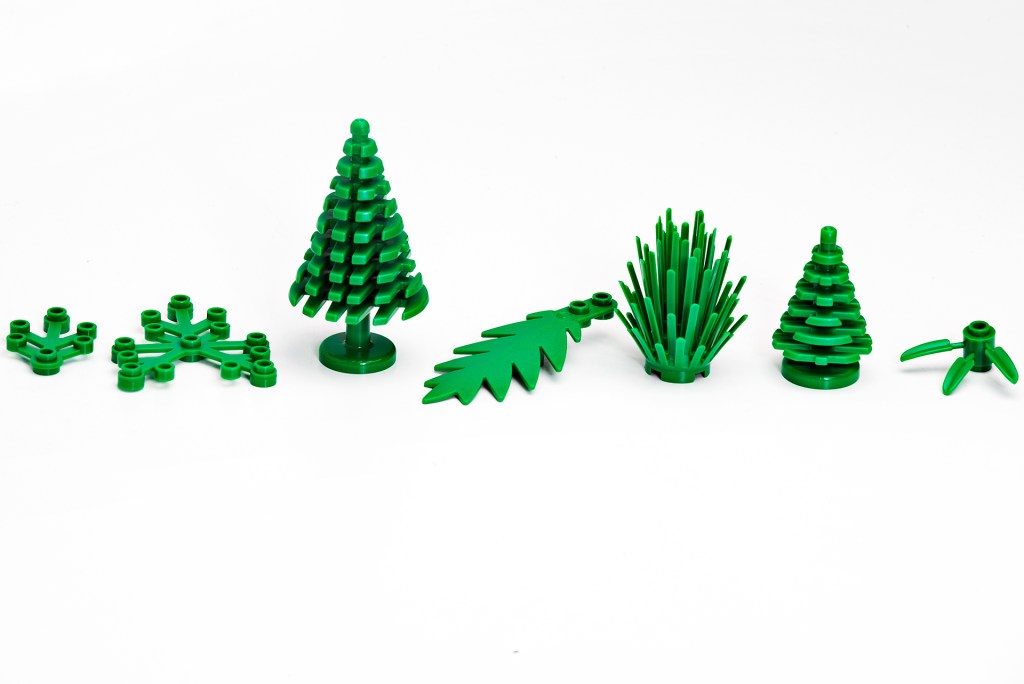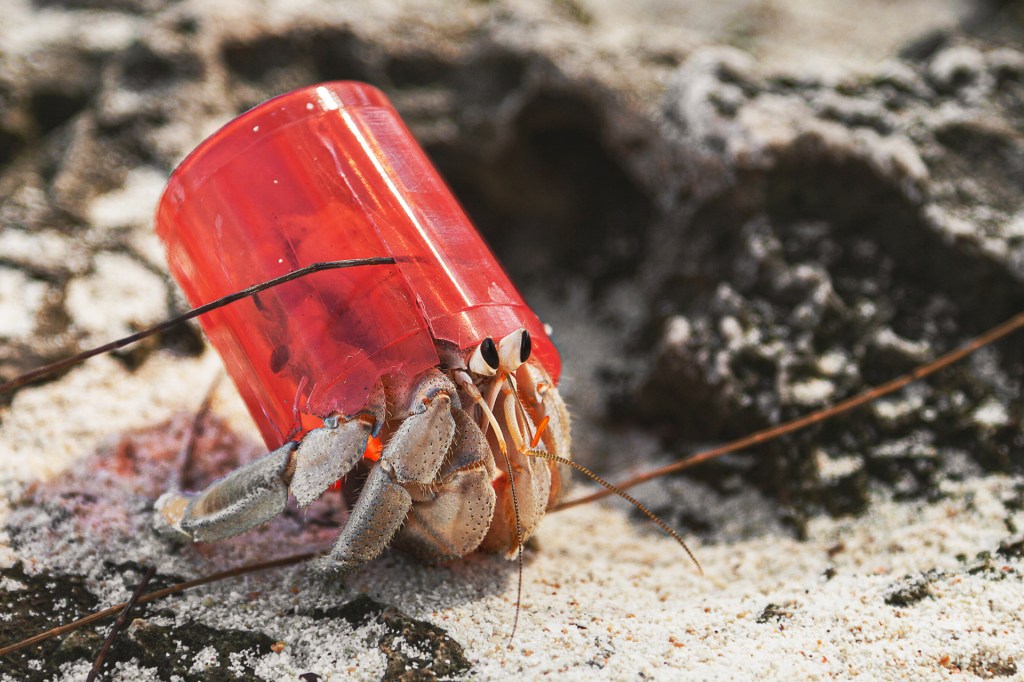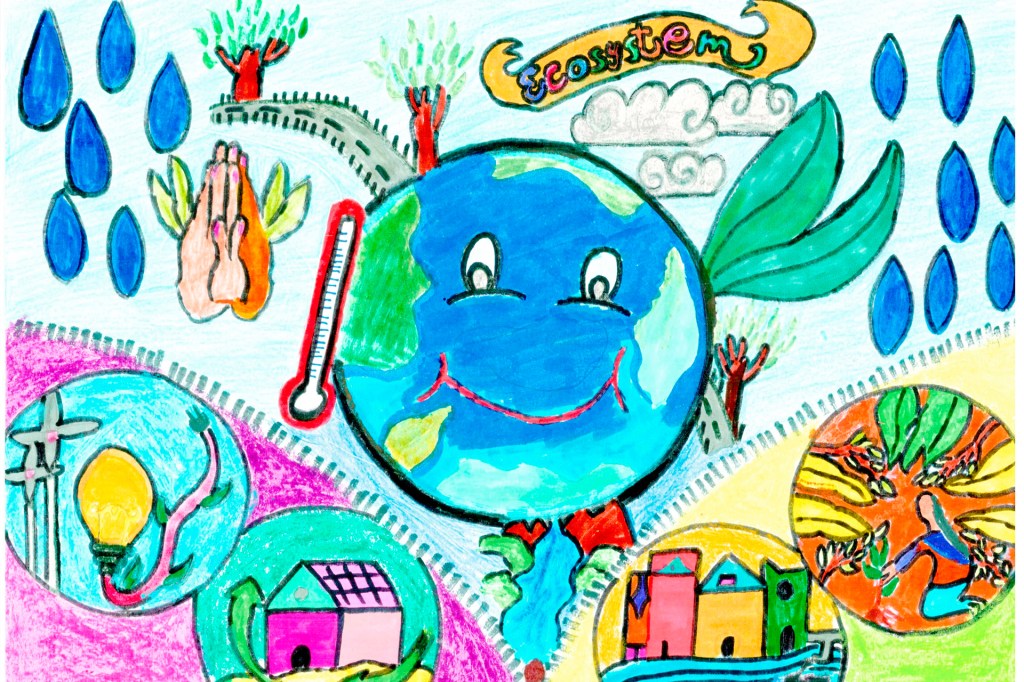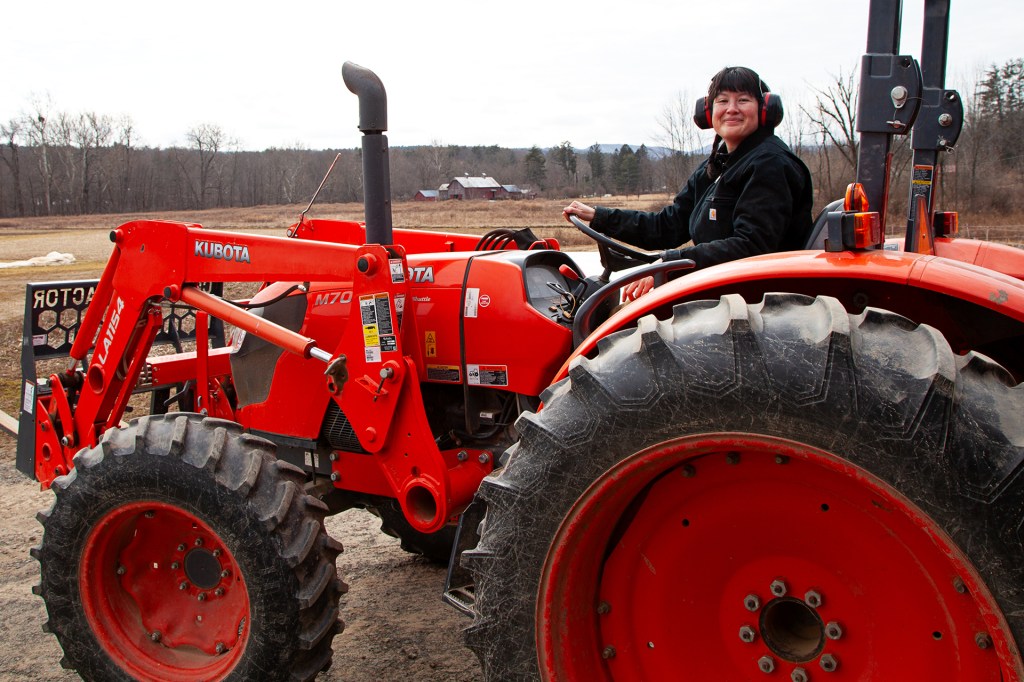The Problem With Plastics
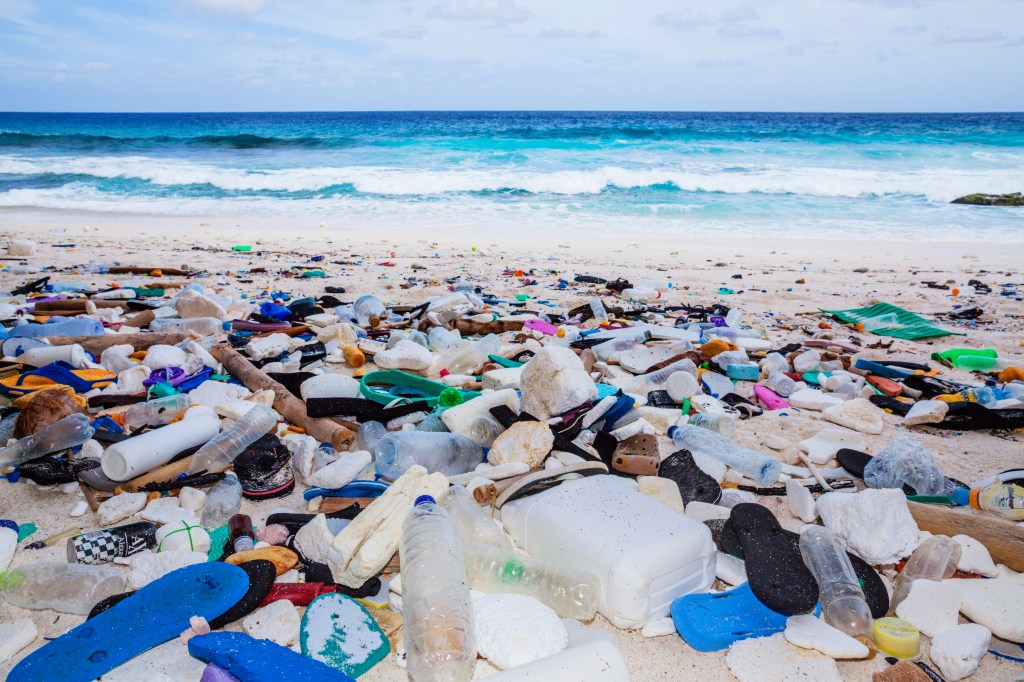
A cleanup crew was exploring the shore of a river in Washington, D.C. The water rippled under a blue sky, and grass swayed on the mudflats. But something else caught the group’s eye.
Along the shore were heaps of plastic bottles. They had drifted down the river and gotten caught in branches that dipped into the water. The more the group looked, the more bottles they found. They gathered about 500 that day.
“It was just overwhelming,” Nancy Wallace, of the National Oceanic and Atmospheric Administration, told TFK. “You didn’t have enough room to move because of the piles and piles of bottles.”
The world has a plastics problem. Bottles, straws, toothbrushes, toys—all kinds of plastics are piling up in landfills. In fact, landfills contain a large part of the world’s 5 billion tons of plastic waste. By 2050, the amount could reach 13 billion tons.
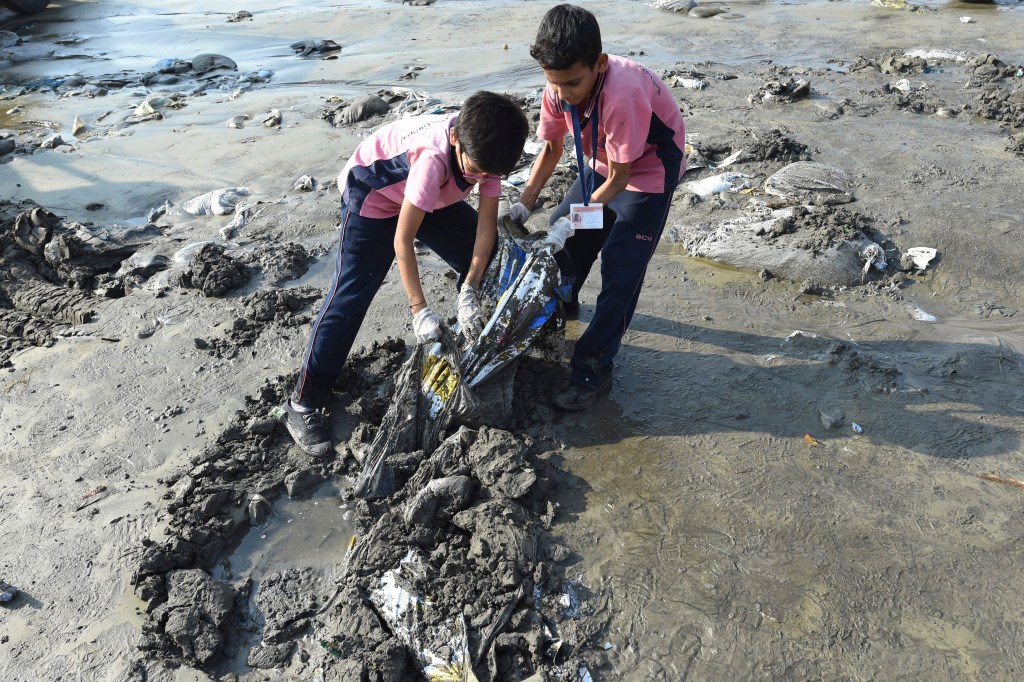
TOO MUCH TRASH Children clean up trash at the beach in Mumbai, India.
INDRANIL MUKHERJEE—AFP/GETTY IMAGESMuch of this trash finds its way into the ocean. Scientists say 165 million tons of plastic debris
debris
 KEITH GETTER/GETTY IMAGES
something that has been discarded
(noun)
After the parade, the street was littered with debris.
is floating around out there. In 32 years, plastic in the ocean could outweigh all the fish. And most plastic is not biodegradable
biodegradable
KEITH GETTER/GETTY IMAGES
something that has been discarded
(noun)
After the parade, the street was littered with debris.
is floating around out there. In 32 years, plastic in the ocean could outweigh all the fish. And most plastic is not biodegradable
biodegradable
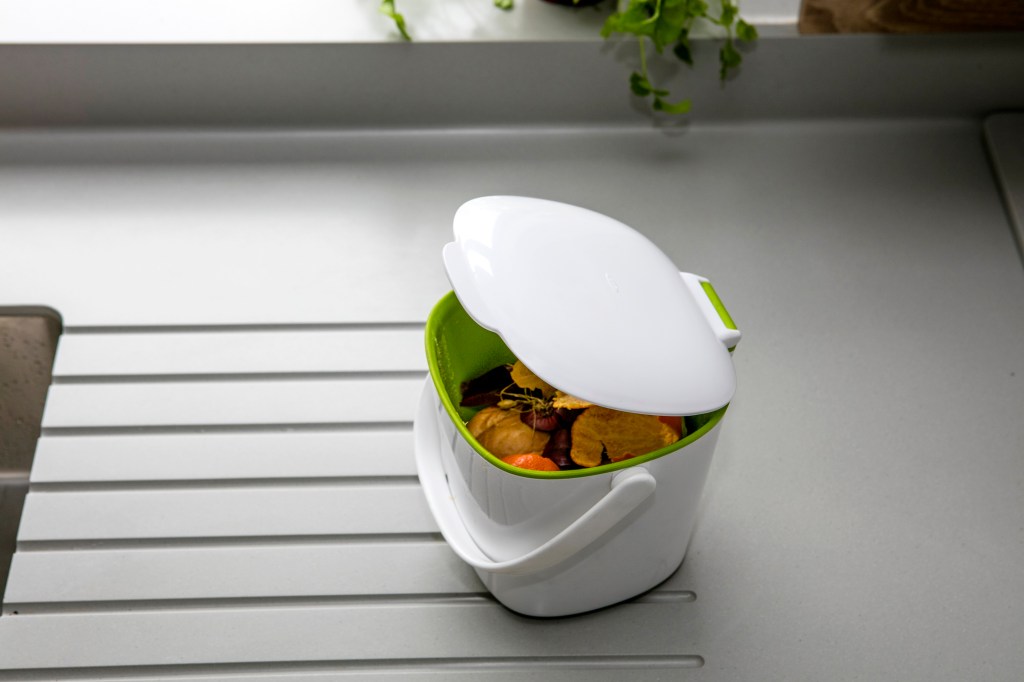 DANIEL ALLEN/GETTY IMAGES
capable of being broken down naturally
(adjective)
My family saves biodegradable waste like food scraps and uses it to fertilize our garden.
. So it will remain in the ocean forever. It endangers marine life, and even ends up in the food we eat.
DANIEL ALLEN/GETTY IMAGES
capable of being broken down naturally
(adjective)
My family saves biodegradable waste like food scraps and uses it to fertilize our garden.
. So it will remain in the ocean forever. It endangers marine life, and even ends up in the food we eat.
Governments are realizing that recycling may not be enough. They want to eliminate some plastic items altogether. “The problem can seem overwhelming,” Wallace says. “But it’s a solvable problem.”
Plastic Pollution
Plastic litters beaches. Whales get entangled in plastic fishing nets. Birds starve with bellies full of plastic straws and bottle caps.
Another danger is harder to see. Sunlight causes plastic to become brittle. Ocean waves then break it into smaller pieces. Marine animals that eat them are poisoned.
There’s also the problem of microbeads
microbead
 GIANNI DILIBERTO/GETTY IMAGES
a tiny plastic sphere
(noun)
Mira washes her face each night using a soap that contains microbeads.
. These tiny bits of plastic are in products like cosmetics and toothpaste. Microbeads get washed down the drain, winding up in rivers and oceans.
GIANNI DILIBERTO/GETTY IMAGES
a tiny plastic sphere
(noun)
Mira washes her face each night using a soap that contains microbeads.
. These tiny bits of plastic are in products like cosmetics and toothpaste. Microbeads get washed down the drain, winding up in rivers and oceans.
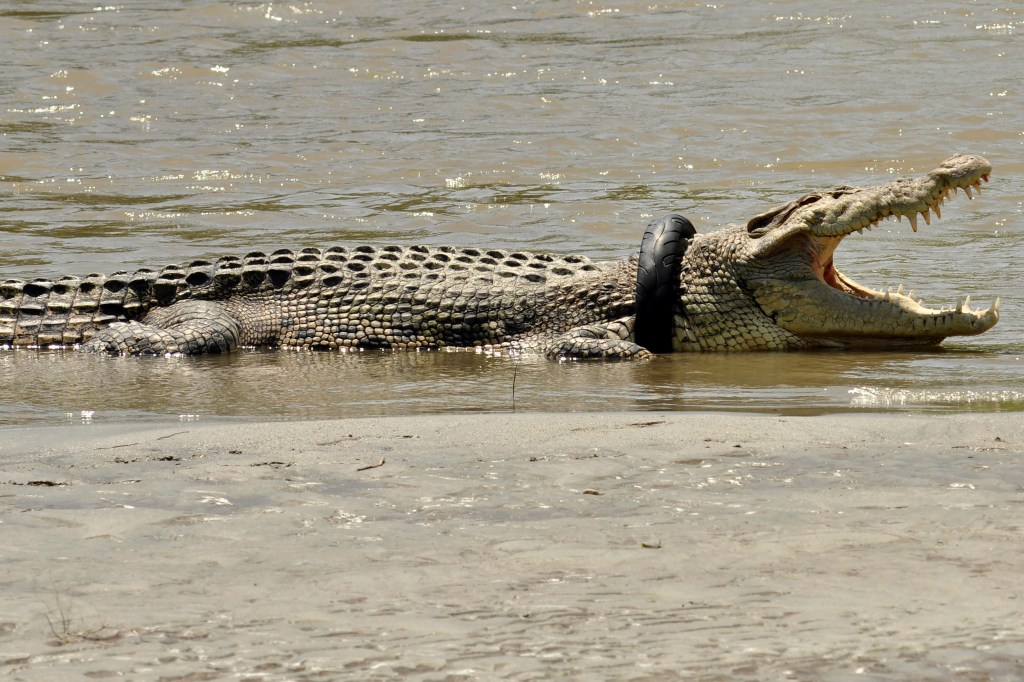
DANGEROUS DEBRIS A tire is wrapped around the neck of a crocodile in Indonesia.
ARFA/AFP/GETTY IMAGESThe Last Straw
Britain has outlawed products containing microbeads. Rwanda has made plastic bags and packaging illegal, except in hospitals. Scotland and Taiwan have banned plastic straws. Several coastal cities in the U.S. have too.
The U.S. alone throws away some 500 million plastic straws a day. That’s enough to circle the Earth twice. “Saying no to a plastic straw is an easy way to make a big difference in the world,” Diana Lofflin says. She founded StrawFree.org.
After all, she says, our future is at stake. “Do we really want to pass on to the next generation a world that’s choked by plastic?”
Chew On This
Here’s a tasty way to reduce waste. Bakeys is a company in India. It has made the first-ever spoon you can eat. The edible cutlery (pictured below) is made of millet, rice, and wheat. It comes in flavors like sugar, ginger-garlic, and black pepper, in a paper wrapper. If you throw a spoon away, it decomposes in just a few days.
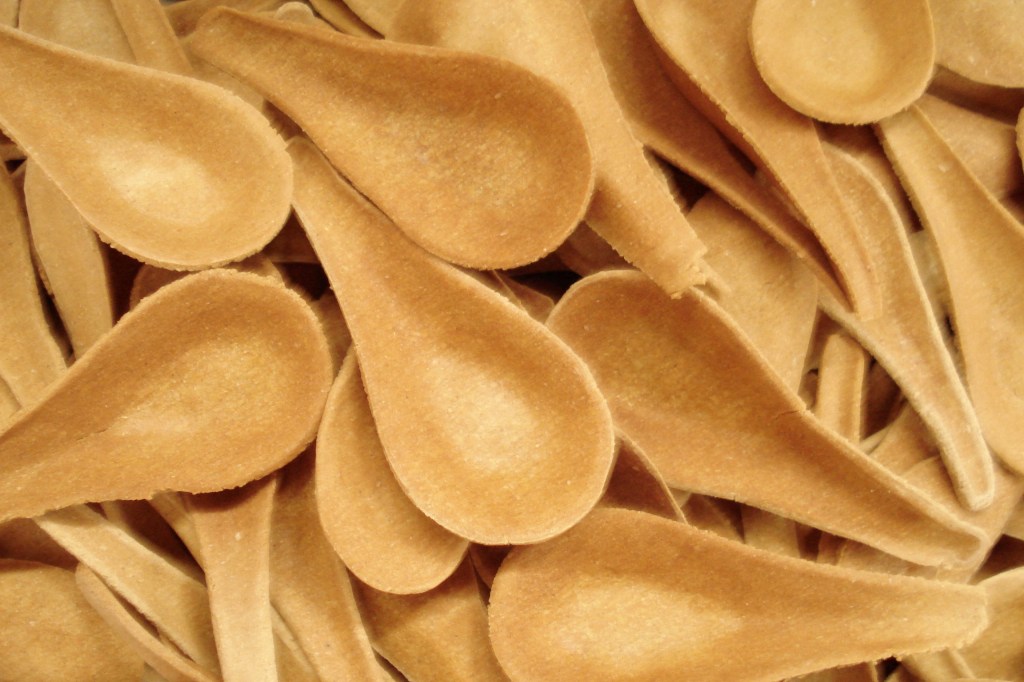
“The cutlery is tasty, fun, nutritious, and environmentally friendly,” says Bakeys founder, Narayana Peesapaty.
BI/BARCROFT MEDIA/GETTY IMAGESHarvard University scientist David Edwards has designed an edible packaging material. It is called WikiCell. It protects the food or liquid inside as a peel protects an orange. The see-through skin is made of food particles from chocolate, fruit, seeds, or nuts. It’s a delicious replacement for plastic wrap.
Assessment: Click here for a printable quiz. Teacher subscribers can find the answer key in this week's Teacher's Guide.




